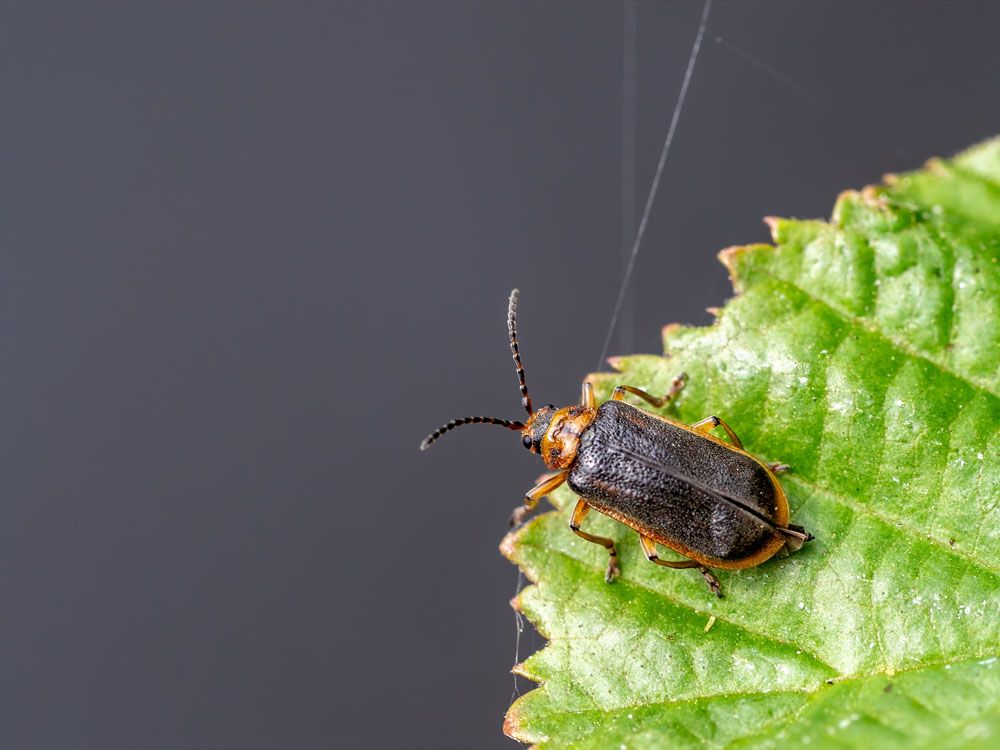
Waterlily Leaf Beetle – Xanthogaleruca nymphaeae
Waterlily Leaf Beetle – Xanthogaleruca Nymphaeae
Scientific Name: Xanthogaleruca Nymphaeae
Common Name: Waterlily Leaf Beetle
Distribution: The Water Lily Leaf Galerucella Nymphaeae, formerly known as Pyrrhalta Nymphaeae, is the beetle of the day. It grows anywhere its host plants do in North America, and it can also be found in northern Europe.
Host plants: Its primary food sources are smartweeds (Polygonium) and water lilies (Nuphar and Nymphaea); each of the two separate plant families has a different eating challenge, and it has been proposed that there are two specialized races of WLLBs, differing somewhat in size, color, and jaw width.
Identification: Within the family Chrysomelidae, Galerucella Nymphaeae is a species of skeletonizing leaf beetle commonly referred to as the water-lily bug or water lily leaf beetle. It may be found throughout Europe and North America. Dimensions: 4 to 8 mm. The primary color ranges from brick-red to yellowish brown, with a typically whiter border around the elytra.
The mature, yellowish-brown beetles are around 6 mm (¼”) in length and hibernate in areas with protection. They come out in May or June and again in August or September to deposit clusters of eggs on the upper surface of lily leaves. The black larvae have a light-yellow underside and can reach a length of 9 mm (3/8″); they pupate and eat atop lily pads.
Life Cycle: A few eggs are laid above the water by female WLLBs, and they choose oviposition on younger leaves because they promote the best weight increase for their progeny. A week or so after the eggs hatch, and time is running out. No matter the population density, emigration is inevitable since a leaf only lasts an average of less than a month, and larvae require longer time to grow. They also begin spreading to various leaves at an early age. Water lilies do not generate more leaves than other types of plants due to defoliation or grazing. Probably two generations occur annually, the second of which overwinters as adults.
Damage: The top leaf surface of water lilies is the feeding ground for both larval and adult Pyrrhalta (Galerucella) Nymphaeae (Coleoptera: Chrysomelidae) leaf beetles. The symptoms manifest as elongated or circular gaps in the leaves, which might eventually cause the leaf to disintegrate entirely. This ultimately causes the plant to become weaker overall. The mature beetles have the ability to seriously harm the blossoms.
Management: Using insecticides to control might be challenging, especially if the pond contains fish. Hand removal of the beetles and/or larvae is the most practical management approach in small ponds. In bigger ponds, shoot a water jet at the surrounding vegetation. Any fish in the pond will quickly exterminate any others that wash into it if the latter approach is used. If the pond has few plants, it could be possible to submerge the leaves for a few hours, allowing the fish to continue their job.
